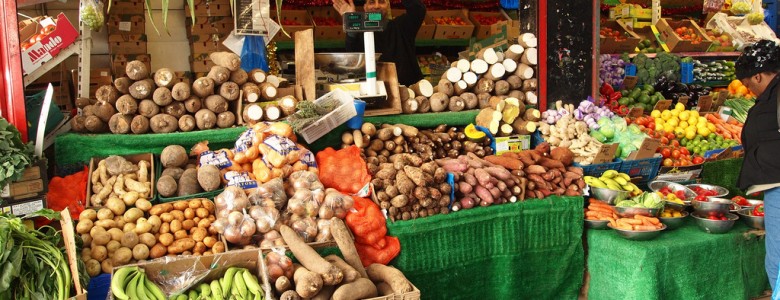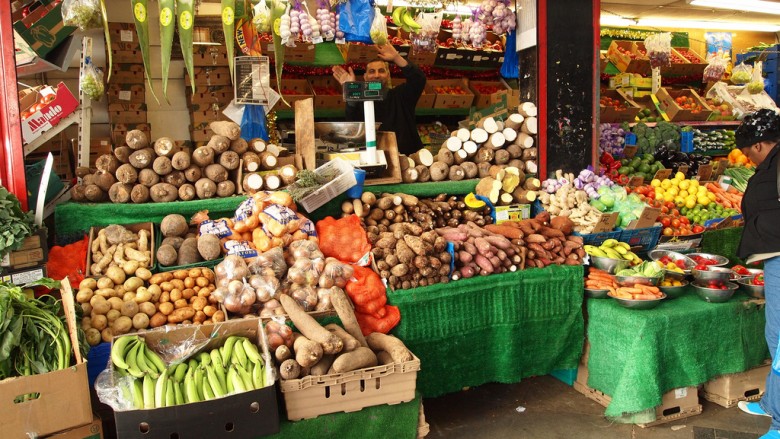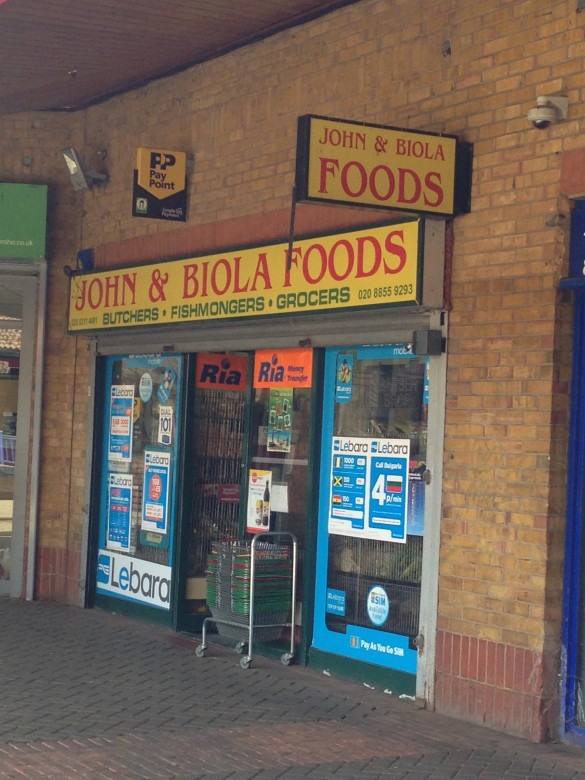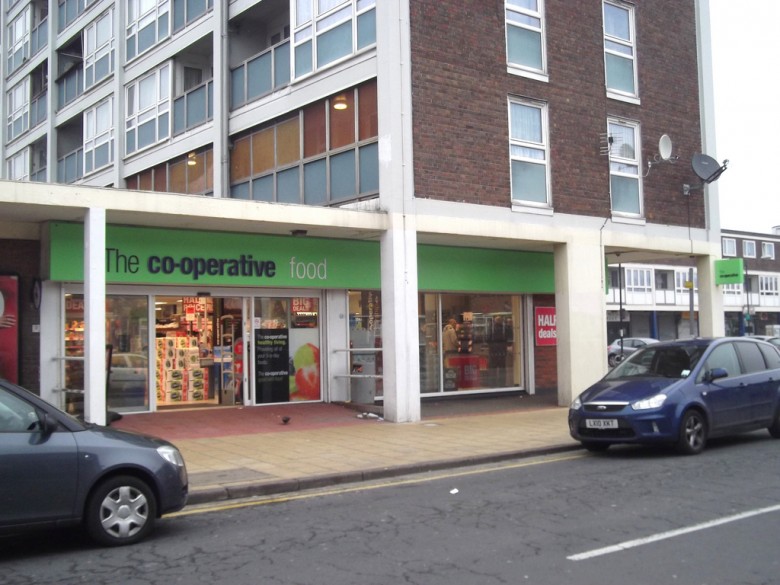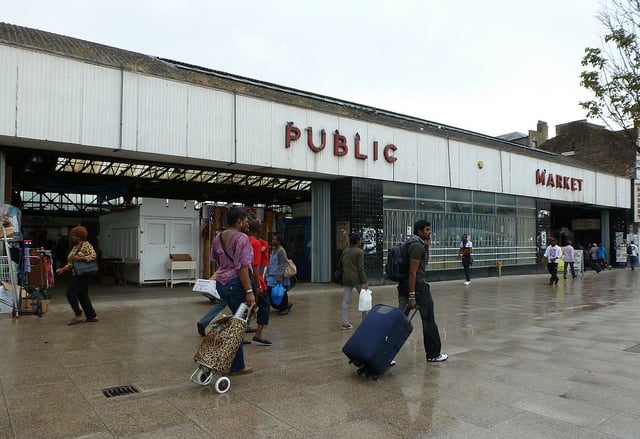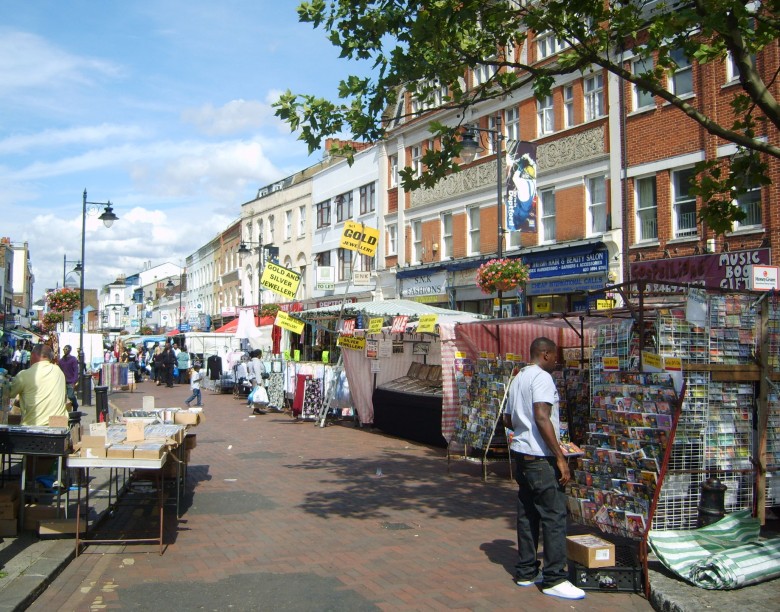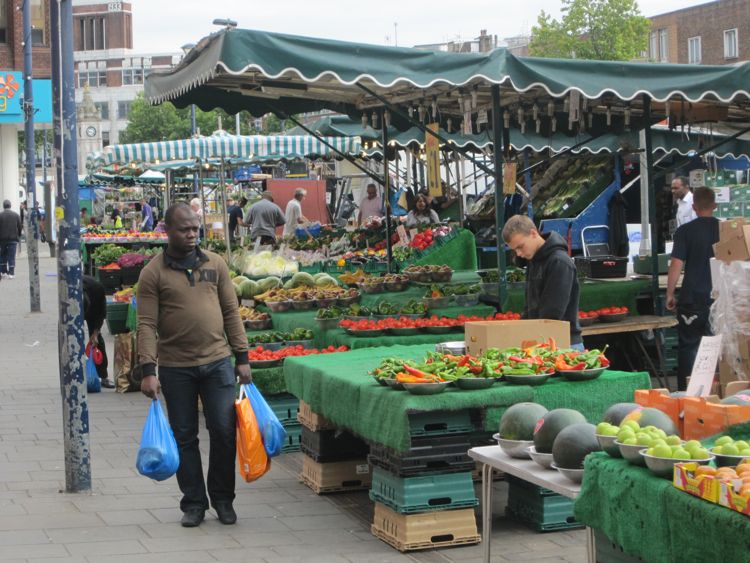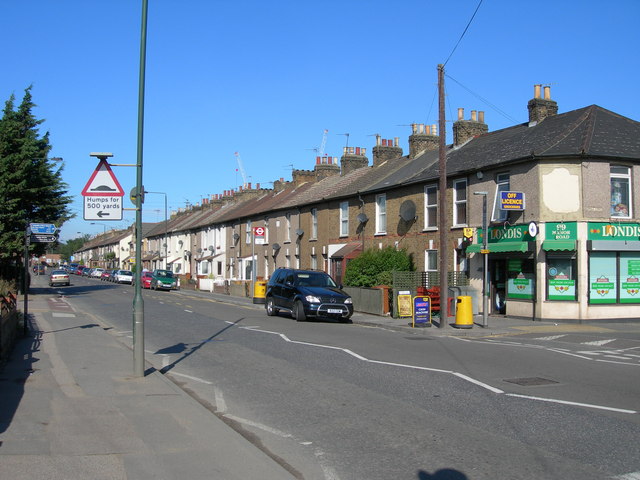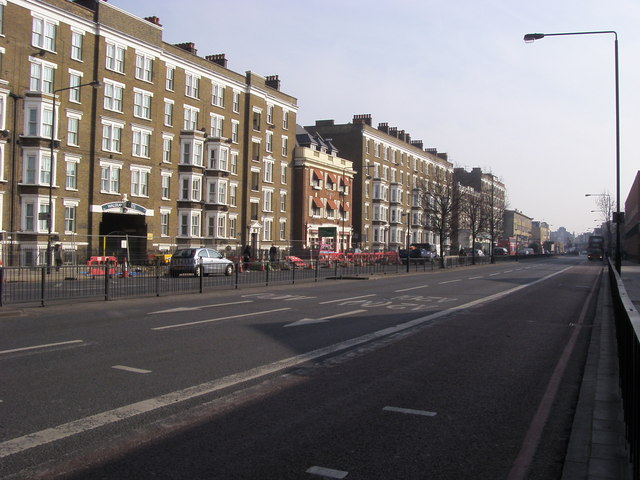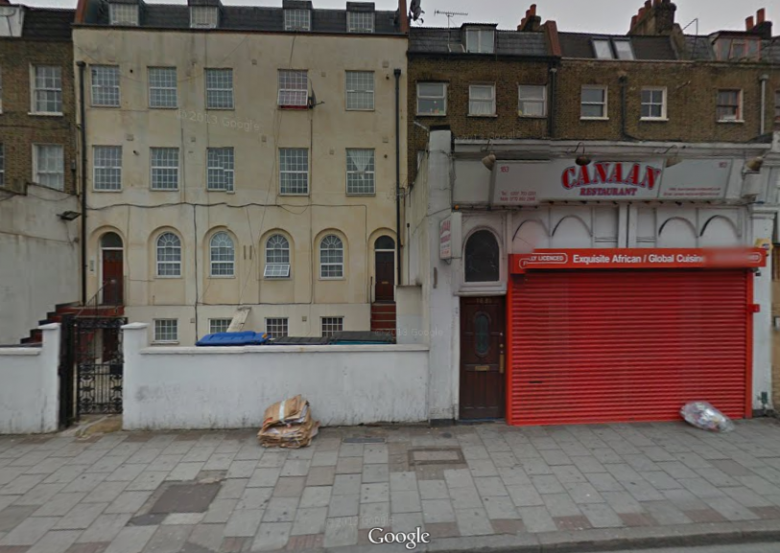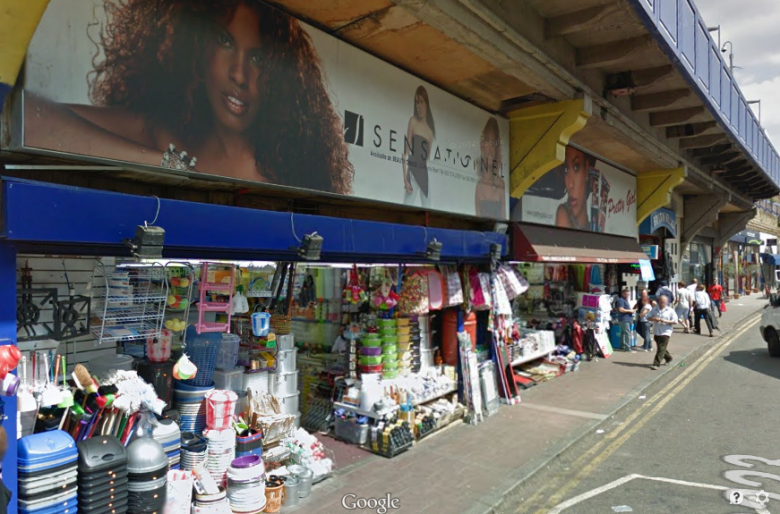Ebola virus disease (formerly known
as Ebola haemorrhagic fever) is a severe, often fatal illness, with a case
fatality rate of up to 90%. It is one of the world’s most virulent diseases.The
infection is transmitted by direct contact with the blood, body fluids and
tissues of infected animals or people. Severely ill patients require intensive
supportive care. During an outbreak, those at higher risk of infection are
health workers, family members and others in close contact with sick people and
deceased patients.
Ebola
virus disease outbreaks can devastate families and communities, but the
infection can be controlled through the use of recommended protective measures
in clinics and hospitals, at community gatherings, or at home
CNN) -- Hundreds of people are dead as the worst
Ebola virus outbreak in history sweeps through West Africa.
It began as a handful of cases in
Guinea in March but quickly spread to neighboring Sierra Leone and Liberia.
Here are nine things to know
about what the World Health Organization calls "one of the world's most
virulent diseases."
Why does
Ebola generate such fear?
"It is a highly infectious
virus that can kill up to 90% of the people who catch it, causing terror among
infected communities," it says.
There is also no vaccination
against it.
Of Ebola's five subtypes, the
Zaire strain -- the first to be identified -- is considered the most deadly.
The WHO said preliminary tests on the Ebola
virus in Guinea in March suggested
that the outbreak there was this strain, though that has not been confirmed.
What is
Ebola, and what are its symptoms?
The Ebola virus causes viral
hemorrhagic fever, which according to the U.S. Centers
for Disease Control and Prevention (CDC), refers to a group of
viruses that affect multiple organ systems in the body and are often
accompanied by bleeding.
The virus is named after the
Ebola River in the Democratic Republic of Congo (formerly Zaire), where one of
the first outbreaks occurred in 1976. The same year there was another outbreak
in Sudan.
The WHO says there are five
different strains of the virus -- named after the areas they originated in.
Three of these have been associated with large outbreaks of hemorrhagic fever
in Africa.
These are the Bundibugyo -- an
area of Uganda where the virus was discovered in 2007 -- Sudan and Zaire
sub-types.
There has been a solitary case of
Ivory Coast Ebola. This subtype was discovered when a researcher studying wild
chimpanzees became ill in 1994 after an autopsy on one of the animals. The researcher
recovered.
Finally, Reston Ebola is named after Reston in the U.S.
state of Virginia, where this fifth strain of the Ebola virus was
identified in monkeys imported from the Philippines. The CDC says while humans
have been infected with Ebola Reston, there have been no cases of human illness
or death from this sub-type.
What are
Ebola's symptoms?
Early symptoms include sudden
onset of fever, weakness, muscle pain, headaches and a sore throat. These
symptoms can appear two to 21 days after infection.
The WHO says these nonspecific
early symptoms can be mistaken for signs of diseases such as malaria, typhoid
fever, meningitis or even the plague.
MSF says some patients may also
develop a rash, red eyes, hiccups, chest pains and difficulty breathing and
swallowing.
The early symptoms progress to
vomiting, diarrhea, impaired kidney and liver function and sometimes internal
and external bleeding.
Ebola can only be definitively
confirmed by five different laboratory tests.
How is it
treated?
There are no specific treatments
for Ebola. MSF says patients are isolated and then supported by health care
workers.
"This consists of hydrating
the patient, maintaining their oxygen status and blood pressure and treating
them for any complicating infections," it says.
Carers are advised to wear
impermeable gowns and gloves and to wear facial protection such as goggles or a
medical mask to prevent splashes to the nose, mouth and eyes.
MSF says it contained a 2012
outbreak in Uganda by placing a control area around its treatment center. An
outbreak is considered over once 42 days -- double the incubation period of the
disease -- have passed without any new cases.
What
drugs exist to combat the drug?
Two American missionary workers
infected with Ebola were given an experimental drug called ZMapp which seems to have saved their
lives. The drug,
developed by a San Diego firm, had never been tried before on humans, but it
showed promise in small experiments on monkeys.
But rolling out an untested drug
during a massive outbreak would also be very difficult, according to MSF.
Experimental drugs are typically not mass-produced, and tracking the success of
such a drug if used would require extra medical staff where resources are
already scarce. ZMapp's maker says it has very few doses ready for patient use.
There are other experimental
drugs out there.Tekmira, a Vancouver-based company that has a $140 million contract with the U.S. Department of Defense to
develop an Ebola drug, began Phase 1 trials with its drug in January. But the
FDA recently halted the trial, asking for more information.
At least one potential Ebola
vaccine has been tested in healthy human volunteers, according to Thomas
Geisbert, a leading researcher at the University of Texas Medical Branch. And
last week, the NIH announced that a safety
trial of another Ebola
vaccine will start as early as September.
And in March, the U.S. National
Institute of Health awarded a five-year, $28
million grant to
establish a collaboration between researchers from 15 institutions who were
working to fight Ebola.
"A whole menu of antibodies
have been identified as potentially therapeutic, and researchers are eager to
figure out which combinations are most effective and why," a news release
about the grant said.
How does
Ebola virus spread?
The WHO says it is believed that
fruit bats may be the natural host of the Ebola virus in Africa, passing on the
virus to other animals.
Humans contract Ebola through
contact with the bodily fluids of infected animals or the bodily fluids of
infected humans.
MSF says that while the virus is
believed to be able to survive for some days in liquid outside an infected
organism, chlorine disinfection, heat, direct sunlight, soaps and detergents
can kill it.
MSF epidemiologist Kamiliny
Kalahne said outbreaks usually spread in areas where hospitals have poor
infection control and limited access to resources such as running water.
"People who become sick with
it almost always know how they got sick: because they looked after someone in
their family who was very sick -- who had diarrhea, vomiting and bleeding -- or
because they were health staff who had a lot of contact with a sick
patient," she said.
Can plane
passengers become infected?
While the CDC acknowledges it's
possible a person infected with Ebola in West Africa could get on a plane and
arrive in another country, the chances of the virus spreading during the
journey are low.
"The Ebola virus spreads
through direct contact with the blood, secretions, or other body fluids of ill
people, and indirect contact -- for example with needles and other things that
may be contaminated with these fluids."
He added that most people who
have become infected with Ebola lived with or cared for an ill patient.
"This is not an airborne
transmission," said Dr. Marty Cetron, director of CDC's Division of Global
Migration and Quarantine. "There needs to be direct contact frequently
with body fluids or blood."
Travelers should take precautions
by avoiding areas experiencing outbreaks and avoid contact with Ebola patients.
"It is highly unlikely that
someone suffering such symptoms would feel well enough to travel," IATA said in a statement.
"In the rare event that a
person infected with the Ebola virus was unknowingly transported by air, WHO
advises that the risks to other passengers are low. Nonetheless, WHO does advise
public health authorities to carry out contact
tracing in such instances."
This means determining who had
contact with the affected person.
What
should flight crew do if Ebola infection is suspected?
"As with many other global
infectious disease outbreaks, airline carriers, crew members, airports can be
very important partners in that front line," said Cetron. "Being
educated, knowing the symptoms, recognizing what to do, having a response
protocol, knowing who to call, those are really, really important parts of the
global containment strategy to deal with threats like this."
The CDC advises that when flight
crew members encounter a passenger with symptoms that they suspect could be
Ebola, such as fever and bleeding, that they keep the sick person away from
other passengers. They've been instructed to wear disposable gloves and to
provide the sickened person with a surgical mask to prevent fluids from
spreading through talking, sneezing or coughing.
The airline cleaning crew are
also instructed to wear disposable gloves, wipe down surfaces including
armrests, seat backs, trays and light switches. The CDC says that packages and
cargo should not pose a risk, unless the items have been soiled with blood or
bodily fluids.
When someone becomes ill on a
flight, the captain is required by aviation regulations to report the suspected
case to air traffic control, according to IATA.
How many
cases have there been ?
The CDC estimates there have been more than 3,000 cases
of Ebola and more than 2,000 deaths since 1976.
The last recorded outbreaks
before the current one in Guinea were in 2012 -- in Uganda and Democratic
Republic of Congo.
The Uganda outbreak involved a
total of 24 probable and confirmed cases, and 17 deaths, according to the WHO,
which declared it had ended in October 2012.
MSF said the
Uganda outbreak had been the Sudan strain, while the virus found in DRC was the
Bundibugyo sub-type.
Before 2014, the most deadly
outbreak was the 1976 outbreak in then Zaire, when 280 of 318 infected people
died, according to the CDC. In 2000, there were 425 cases of Ebola Sudan in
Uganda, which resulted in 224 fatalities.
Ebola is
a rare but deadly virus that causes bleeding inside and outside the body.
As the virus spreads through the
body, it damages the immune system and organs. Ultimately, it causes levels of
blood-clotting cells to drop. This leads to severe, uncontrollable bleeding.
The disease, also
known as Ebola hemorrhagic fever or Ebola virus, kills up to 90% of people who
are infected.
Could There Be an Outbreak in the U.S.?
Although movies and
books describe major outbreaks of Ebola-like disease in the U.S., they're just
fiction. So far serious Ebola cases have only shown up in Central and West
Africa.
The CDC says there’s no
significant risk of Ebola in the United States. It has strong safety
measures in place for people who have Ebola and are brought to the U.S. for
treatment.
Ebola can spread from country to
country when people travel. So it is possible for it to reach the U.S. if an
infected person travels here. But there are ways to prevent people from coming
to U.S. airports with the disease.
Airline crews are trained to spot
the symptoms of Ebola in passengers flying from places where the virus is
found. Crews are told to quarantine anyone who looks infected.
How Do
You Get Ebola?
Ebola isn’t as contagious as more
common viruses like colds, influenza, ormeasles. It spreads
to people by contact with the skin or bodily fluids of an infected
animal, like a monkey, chimp, or fruit bat. Then it moves from person to person
the same way. Those who care for a sick person or bury someone who has died
from the disease often get it.
Other ways to get Ebola include
touching contaminated needles or surfaces.
You can’t get Ebola from air,
water, or food. A person who has Ebola but has no symptoms can’t spread the
disease, either.
What
Are the Symptoms of Ebola?
Early on, Ebola can feel like the
flu or other illnesses. Symptoms show up 2 to 21 days after infection and
usually include:
·
High fever
·
Headache
·
Joint and muscle aches
·
Sore throat
·
Weakness
·
Stomach pain
·
Lack of appetite
·
As the disease gets worse, it causes bleeding inside the body, as
well as from theeyes, ears, and nose. Some people will vomit
or cough up blood, have bloodydiarrhea, and get a rash.
·
How Is Ebola Diagnosed?
·
Sometimes it's hard to tell if a person has Ebola from the
symptoms alone. Doctors may test to rule out other diseases like cholera or malaria.
·
Tests of blood and tissues also can diagnose Ebola.
·
If you have Ebola, you’ll be isolated from the public immediately
to prevent the spread.
. Here are 5 preventive things you
can do to protect yourself and loves ones from contracting the Ebola Virus.
§ Avoid Crowded Areas. It’s pretty simple; The more people you come
in contact with (knowingly or unknowingly), the higher your risk of coming in contact
with an infected person. No one says don’t leave your house, but if you can
avoid crowded places like markets, airports, public transportation etc, do so.
§ Wash Your Hands a Lot. This is one of the most important and
simplest prevention measures you can take. Use soap and water, or use a hand
sanitizer containing at least 60 percent alcohol when soap and water aren’t
available.
§ No Bush Meat: Those
of you that like to eat Bush Meat, this will be a very good time to stay away.
§ Avoid Contact with Infected People. This goes in line with the first point but
avoid contact with infected people. Body fluids and tissues, including blood,
semen, vaginal secretions and saliva are all sources of transmission. People
with Ebola or Marburg are most contagious in the later stages of the disease.
§ Don’t handle remains. The bodies of people who have died of Ebola
or Marburg disease are still contagious. Specially organized and trained teams
should bury the remains, using appropriate safety equipment.
